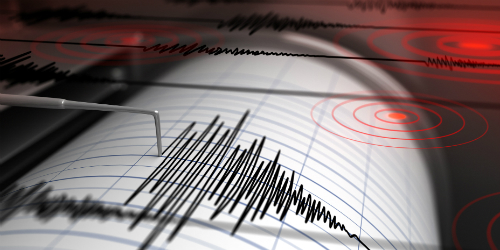RIDGECREST, CA — The Department of the Interior’s U.S. Geological Survey (USGS) reported a magnitude 6.4 earthquake struck southern California on July 4, 2019 at 10:34 am local time (17:34 UTC). The closest large population center is Ridgecrest, population 28,000. Strong to very-strong shaking and damage was reported there. Shaking from the earthquake was felt by millions of people across the region, including the greater Los Angeles and Las Vegas areas. Early estimates for damage range from ten to one hundred million dollars.
USGS reports this event continues to trigger many aftershocks, but these will decrease in frequency over time. It is likely there will be 50 to 700 aftershocks or smaller earthquakes during the next week, with magnitude 3 or higher aftershocks. Magnitude 3 and above are large enough to be felt near the epicenter.
— Source and photo credits: USGS and NABG-US, public domain.
A D V E R T I S E M E N T
Join the conversation during #BDPACon19 in Atlanta!
Visit bdpa2019.com







Leave a Reply